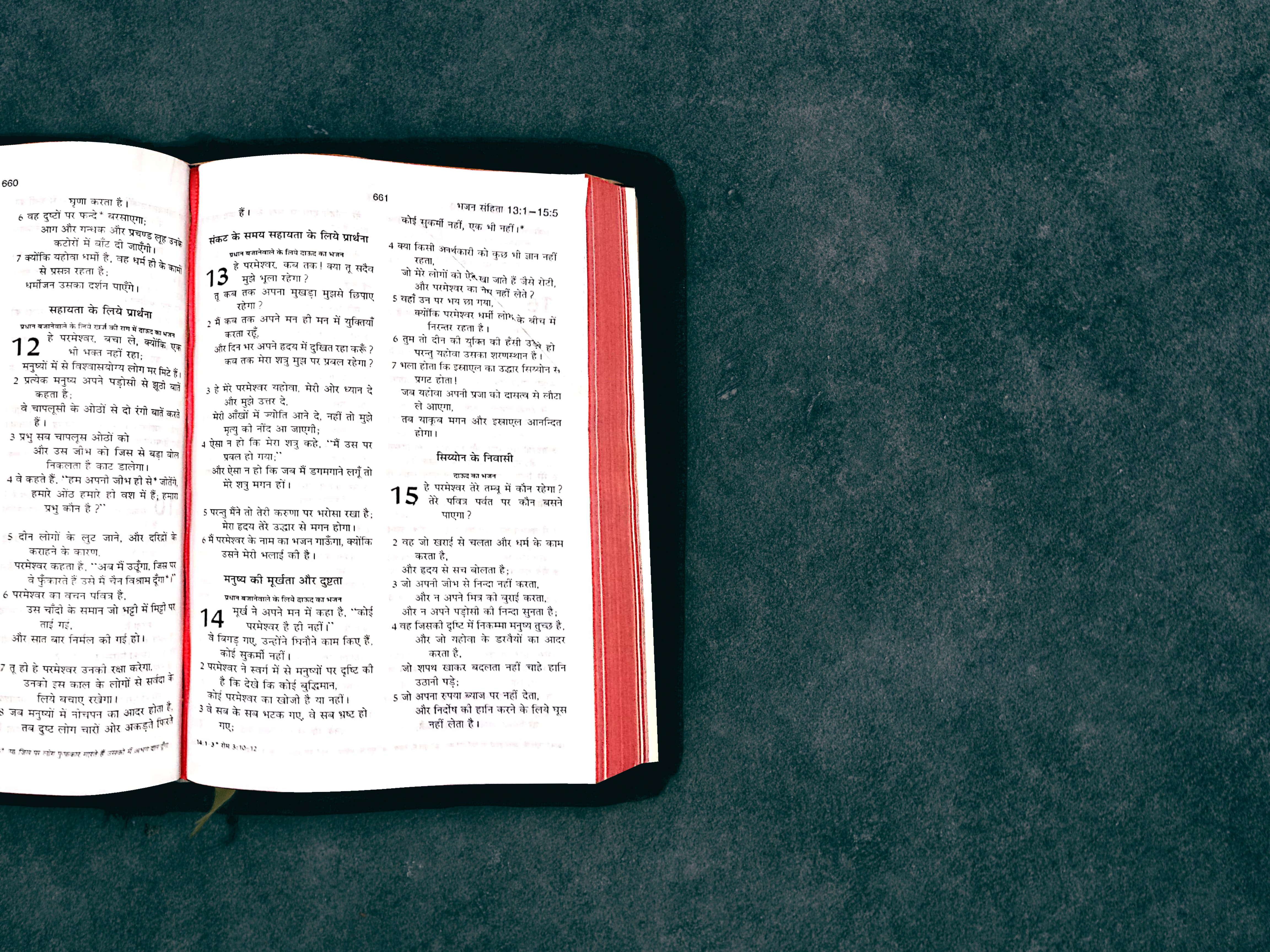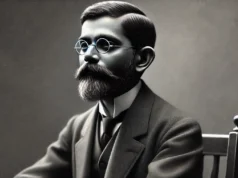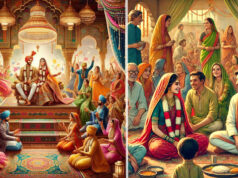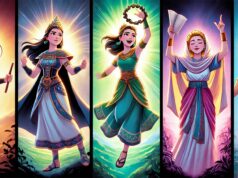
Christian missionaries primarily engaged in translations to make the Bible accessible to local communities. However, as Bible translators began to study Indian languages, they appreciated them and rediscovered their rich cultural heritage. Incidentally, Bible translation provided a perfect opportunity to enrich many Indian languages.
A catalogue of the works by Bible translators show how they helped transform Indian languages, literature, and linguistics. Bible translators standardised many Indian languages through a scientific and viable orthography, codifying normative grammar rules, and preparing bi-lingual dictionaries.
For those unaware, Christian missionaries developed and standardised Hindi, now spoken by many people in India. Two Bible translators John Borthwick Gilchrist and Dr Samuel Henry Kellog, coalesced more than a dozen dialects to help create today’s Hindi. Not surprisingly, Kellog is considered to be the father of modern Hindi. Dr Kellog’s brilliant treatise on Hindi is still considered the finest grammar textbook. Likewise, William Carey devoted much of his life to studying Sanskrit. His work on the grammar of the Sanskrit language and the Sanskrit Bible is commendable.
Unlikely as it may seem, Christian Missionaries defended and promoted the cause of local languages at a great personal cost. It was the missionaries who defended the individuality of Konkani against the onslaught of the Portuguese. Gilchrist and Kellog persistence played a significant role in promoting Hindustani. Sir A. Sutton and Sir. W.C. Lacey produced linguistic proof to confirm Odiya as an independent language. Many Indian languages owe their existence to the missionaries’ grit and persistence to push it through.
Historically, Bible translation also helped develop language scripts. For example, it was the missionaries who prepared the types of Gurumukhi script in Punjab. The Ludhiana Christian Mission was the first to step up its own Gurumukhi Printing Press, and it became the main attraction of literary activity in the Punjabi language. Similarly, the impact of Bible translation on Malayalam is seen in its orthography, morphology, vocabulary, phrase idioms and literature.
More tellingly, Bible translation has also produced socio-economic and cultural transformation among the many tribal communities. Christian missionaries developed many spoken Indian languages to writing – a monumental task. They also established several printing and publishing societies to promote literature production and distribution. As a result, the communities in North East India – the Aos, Angami, Khasi, Lotha, Khasi, Mizo and Manipuri now have prose and varieties of literature available.
When you read the backstories of Bible translations, you end up learning a lot. Bible translations have transformed Indian languages, linguistics, vernacular literature, and printing. Dr Babu Varghese writes,
"Based on my analysis of over 100 Indian languages, it has been proved that Bible translators developed 85 dictionaries, 116 grammar books, and 45 newspaper/journals in these languages when India had nothing of these"
Therefore, given the expansiveness of the missionary endeavours, a different picture emerges. I am always struck by how Bible translators built a modern Nation. A better story needs to be told, challenging an unkind if not a hostile narrative that is out there.
Source: Babu Varghese, Let there be India: Impact of the Bible on Nation Building, (WOC: Chennai, 2014)









